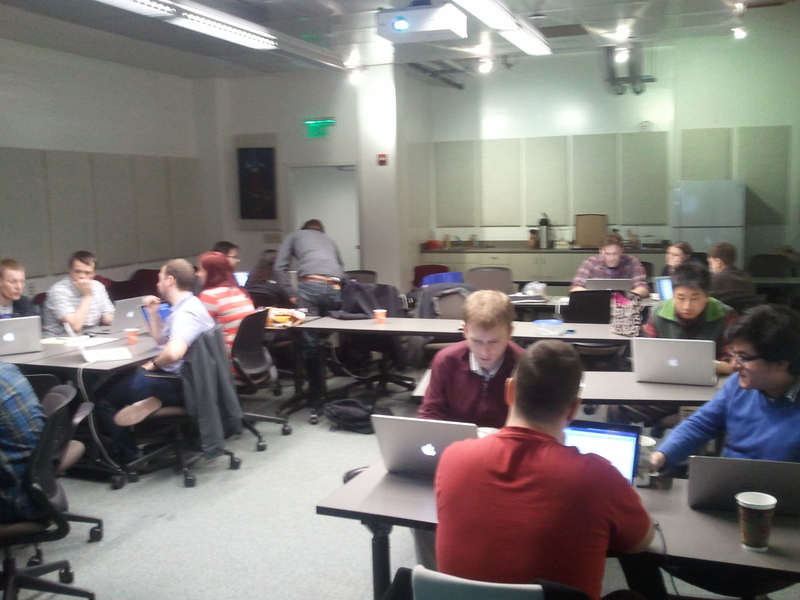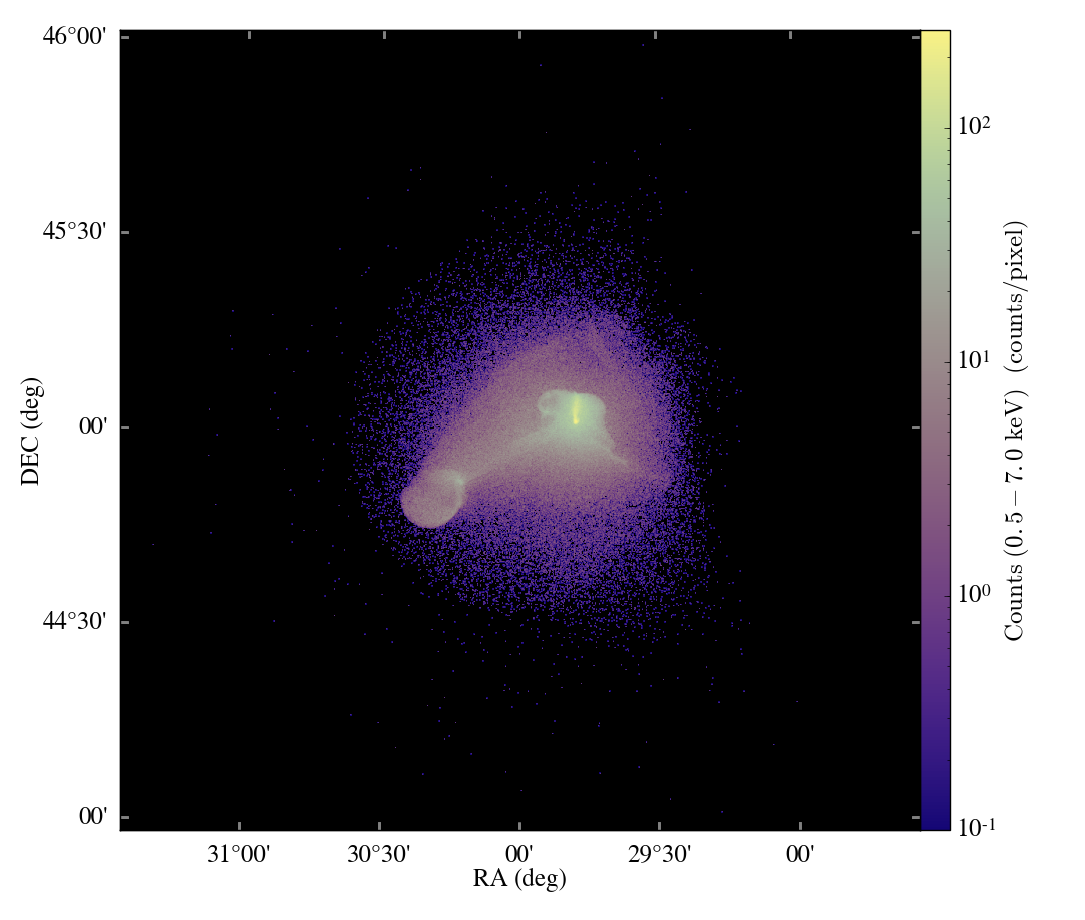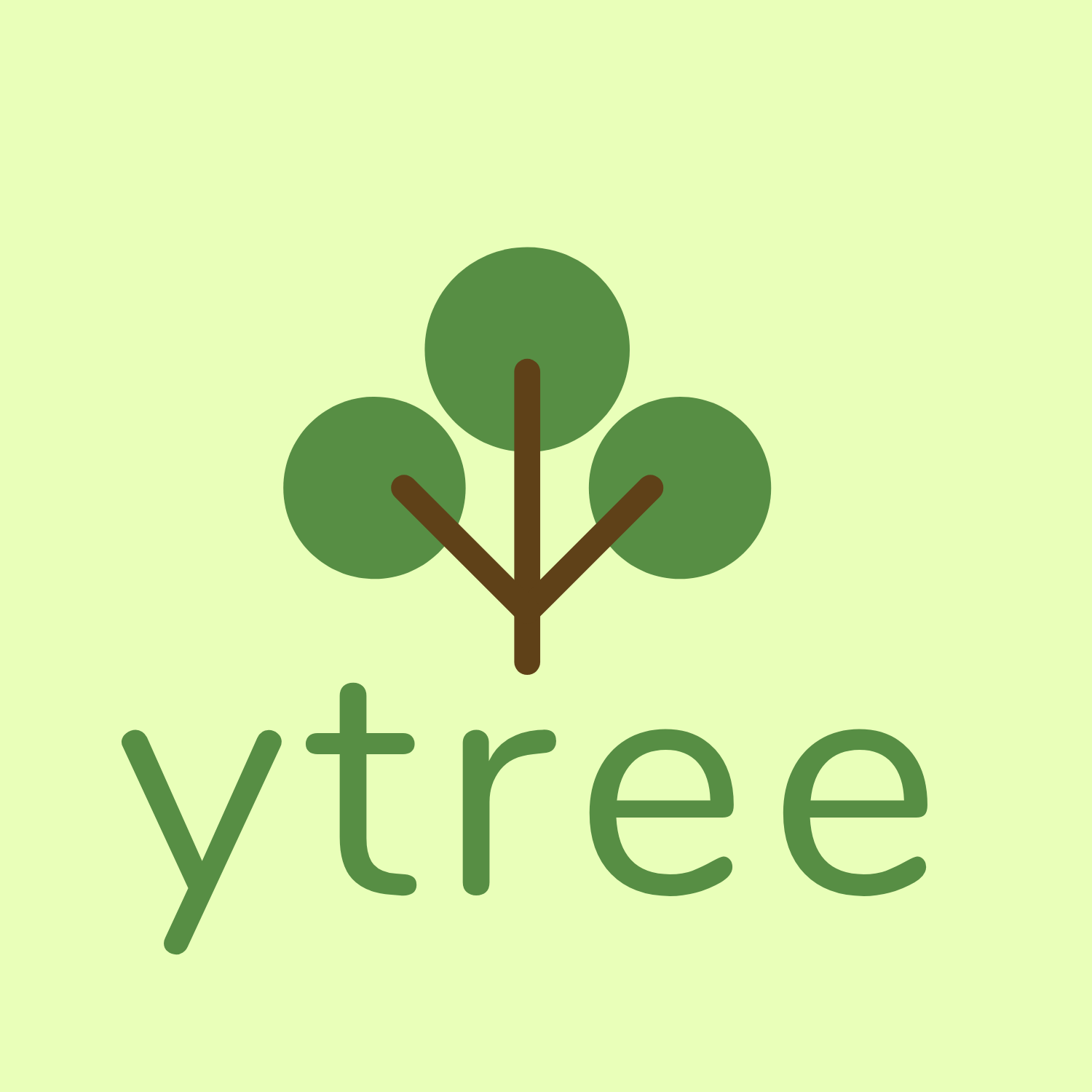On March 6-8, 2013 we held a yt development workshop at UCSC. Let’s talk about it!
The First Development Workshop
March 6-8, we held a yt-dev workshop at UCSC. Thanks to everyone who attended, as well as Joel Primack and HIPACC for sponsoring us. This was the first development-oriented workshop we’ve ever held, and it was a gigantic success! To see a full photo album, visit our Google Plus Page.

Exciting development crowd!
With local organization by Nathan Goldbaum, Chris Moody and Ji-hoon Kim at UCSC, over twenty people were able to participate, working on a diverse set of projects. The workshop was structured around introducing topics through lightning talks and then sprinting on those topics during breakout sessions.
The lightning talks were set up to be one slide (or ten notebook cells, if you used the IPython notebook!) presenting a concept with ideas for going into the breakout sessions. These were isolated ideas – shovel-ready, with working guidelines. We had talks from John ZuHone, Casey Stark, Kacper Kowalik, Cameron Hummels, Doug Rudd, Britton Smith, Jeff Oishi, Nathan Goldbaum and Chris Moody. Following this, we split into a series of breakout groups.
We also had talks from Joel Primack presenting the AGORA project and from Hari Krishnan about his work to integrate yt and VisIt. On the final day, we also had a show-and-tell, where a member of each working group presented what they worked on and what they accomplished.
Grid Data Format
This breakout group focused on building a portable library in C for reading and writing data that takes the form of structured, rectilinear grids. The idea here is to adhere to the GDF format, which specifies a self-describing HDF5 layout for files. By developing this portable library, the group hopes to be able to use yt to make initial conditions, write them out in the already-existing GDF writer in yt, and then link simulation codes against this library to read them back in and run simulations. It would also enable directly converting between simulation code outputs.
Units and Arrays
This group ambitiously set out the task of incorporating Casey’s library dimensionful into yt. This library utilizes SymPy for developing a units system that can convert between known units as well as affiliate those units with array objects. The hope here is to eliminate much of the existing unit handling and field duplication (i.e., CellMass and CellMassMsun) and provide easier methods for deploying unit conversions. This work may take some time to integrate into yt 3.0, but it will be a feature of that codebase eventually. By the end of the workshop, this group had a working implementation.
Halo Catalogs
The current system for handling halos and halo catalogs in yt is a bit ad hoc, where objects are passed around and data held onto for some time. This is inefficient and doesn’t lend itself well to agile and flexible halo finding. This working group developed a rough outline of a YTEP that described halo finding and halo catalogs as a state of flow – rather than performing analysis after the fact, analysis will now be performed during the course of halo finding. This will be done by supplying a set of callbacks that will be executed on each halo in turn. An ontology for describing halo catalogs was also developed, which is being fleshed out in a YTEP.
Octree Improvements
Some representatives of the NMSU-ART code were present at the workshop. This working group focused on cleaning up the rough edes of the Octree support in yt-3.0, as well as applying it to some actual data. Chris spent quite a bit of time polishing up star particle IO, fixing rough corners in the octree code, and testing things. Kenza gave a show-and-tell talk on the final day showing how she was able to load up a galaxy formation simulation and plot streamlines, all in a few lines of code.
ARTIO
For extremely large Octree datasets, it’s simply infeasible to load the entire mesh into memory. The ARTIO working group worked to develop opaque data chunks in yt-3.0, so that yt can iterate over chunks, build data objects, perform processing, and conduct visualization all without needing to know how the data is laid out on disk or knowing anything about the mesh at all! This is an extremely powerful concept, and will hopefully present a number of opportunities for applying this elsewhere in the future.
Volume Rendering
The method by which volume renderings are created in yt is a bit clunky right now. Many arguments are pushed into the constructor for the Camera object, and then there’s a limited flexibility after that. This working group built off of the still-pending YTEP-0010 to build a new system for creating volume renderings with a stateful Scene, cameras that move, volumes that don’t, and so on. Cameron, Mark and Will demoed a working implementation of a Scene object on the final day. Jill also was able to demo on the final day some initial integration of yt with Blender – showing how to script the camera path via Python, display surfaces extracted with yt, and make movies from them.
Thank you!
Thanks to everyone who attended! It was a great time, and I think we’re all excited to have another one sometime in the future.





